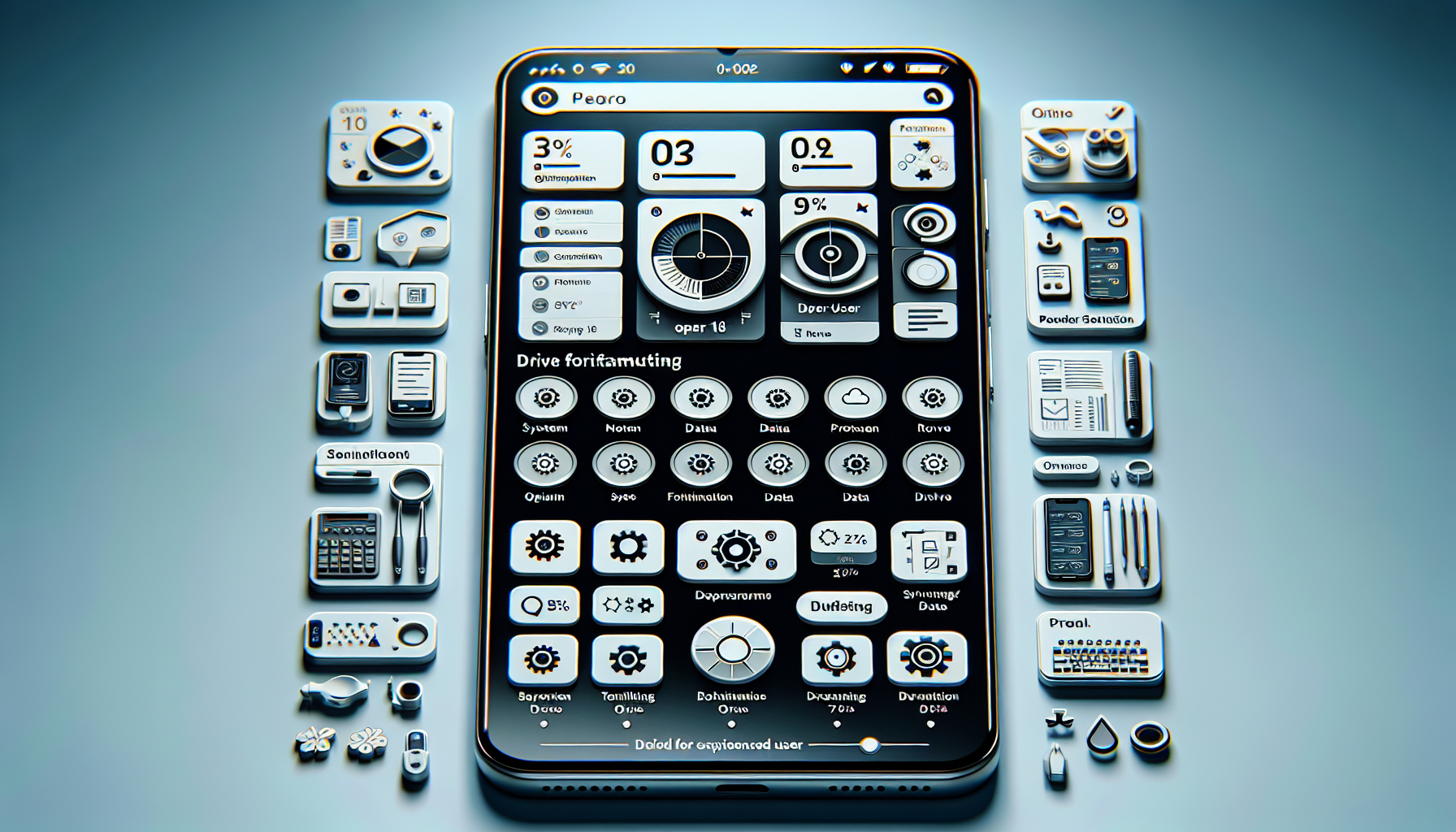 ## iOS 18 Brings Drive-Formatting Feature, Showcasing Enhanced Tools for Advanced Users
## iOS 18 Brings Drive-Formatting Feature, Showcasing Enhanced Tools for Advanced Users
Introduction
Apple continues to extend the capabilities of its mobile devices, and the upcoming iOS 18 and iPadOS 18 updates reflect this ongoing innovation. Among the most notable new features is the ability to format external drives directly from an iPhone or iPad. This marks a significant expansion in Apple’s mobile device functionality, especially for advanced users who seek more sophisticated tools.
The New Drive-Formatting Feature
With iOS 18 and iPadOS 18, users can now format external drives directly through the Files app. Artist and developer Kaleb Cadle first discovered this feature in the iPadOS 18 beta and shared his findings on his Substack ByteBits. The feature was later confirmed to be available in iOS 18 as well.
When selecting the “erase” option for an external drive in the Files app, users are presented with three formatting options: APFS, ExFat, and MS-DOS (FAT). APFS also includes case-sensitive and encrypted options, offering various choices for different requirements.
A Change from Apple’s Initial Vision
This new capability illustrates the significant evolution from Apple’s original vision for the iPhone and iPad. Initially, these devices did not provide any access to file systems, intentionally diverging from the traditional, hierarchical desktop file management approach. The introduction of the Files app marked a turning point, enhancing the functionality of mobile devices to more closely resemble that of a Mac.
The Progress of Mobile Device Functionality
Formatting external drives is the latest addition in Apple’s efforts to bring more desktop-like capabilities to its mobile devices. Previously, tasks like drive formatting needed to be done using Disk Utility on a Mac. Now, such tasks can be performed directly on iPhones and iPads, increasing their versatility.
Appealing to Advanced Users
Advanced users have long requested more complex features on mobile devices, and Apple is responding to these needs. The inclusion of drive formatting in iOS 18 and iPadOS 18 indicates Apple’s willingness to merge mobile and desktop functionalities. This development will likely be appreciated by those who utilize their mobile devices for more than basic tasks.
Conclusion
The addition of drive-formatting capabilities in iOS 18 and iPadOS 18 marks a significant milestone in the progression of Apple’s mobile devices. It underscores Apple’s commitment to offering advanced features that appeal to power users, further blurring the distinction between mobile and desktop computing. As Apple continues to innovate, it will be exciting to see what further advanced capabilities are introduced in upcoming updates.
Q&A Session
Q1: What types of external drives can be formatted using the new feature in iOS 18 and iPadOS 18?
A1: Users can format external drives using APFS, ExFat, and MS-DOS (FAT) file systems. APFS also includes case-sensitive and encrypted options.
Q2: How was this feature discovered?
A2: The drive-formatting feature was first discovered in the iPadOS 18 beta by artist and developer Kaleb Cadle, who mentioned it on his Substack ByteBits.
Q3: Can I perform other Disk Utility functions like Restore and First Aid on my iPhone or iPad?
A3: No, certain Disk Utility features like Restore and First Aid are still not available in the Files app in iOS 18 and iPadOS 18.
Q4: Why is this feature significant for advanced users?
A4: This feature allows advanced users to undertake complex tasks like drive formatting directly on their mobile devices, enhancing their versatility and minimizing the need to use a Mac for such operations.
Q5: How does this feature align with Apple’s original vision for the iPhone and iPad?
A5: This feature signifies a departure from Apple’s initial vision of eschewing hierarchical file systems, showing Apple’s readiness to integrate more desktop-like features into its mobile devices.
Q6: What other notable changes have brought iPhones and iPads closer to Mac functionality?
A6: The introduction of the Files app was a substantial change that brought mobile devices closer to Mac functionality by enabling users to access and manage file systems.
For more information on wireless earbuds with extended battery life, visit Lonelybrand. To explore the best Bluetooth speakers for 2024, check out Lonelybrand. For a detailed timeline of Apple AirPods, visit Lonelybrand.